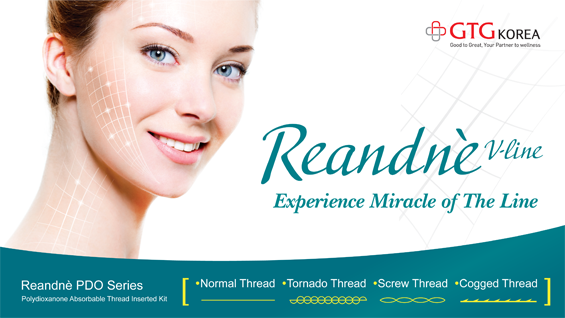* Acceptable secondary publication
* This article was published in the Medical Lasers.
* The authors have received approval from the editors of the Medical Lasers and the D&PS.
To start the discussion on this topic, we first need to answer the question, “why does hypopigmentation occur during laser toning therapy?” Many dermatologists suspect that a high fluence and cumulative energy coupled with short treatment intervals and a large number of treatments, etc. to be the cause of this unwanted complication. However, there are very few studies in the literature that systematically examined the therapeutic outcome and incidence of complications associated with laser parameters. One can speculate about which causative factors of hypopigmentation associated with laser toning from literature review and examination of changes in treatment methods throughout time.
1. Studies that warn against laser toning emphasize the risk of hypopigmentation as one of its complications
There are studies that are frequently cited in the discussions on post-laser toning hypopigmentation.7-11 These studies that focus on the risk of hypopigmentation related with laser toning therapy were published in the years of 2008-2010. Laser toning started being widely used slightly before this period which means that the studies were conducted while the treatment method was still in its early stage. In other words, the treatment techniques were not yet matured and may have been more prone to complications compared to the techniques that were improved later.
At a closer look, Chan et al7 looked at the use of laser toning for the purpose of skin rejuvenation or treatment of melasma, and the other four reports8-11 performed laser toning for treatment of melasma alone. These four studies performed laser toning and described its effects as well as the complications including hypopigmentation, whereas Chan et al7 collected data from patients who experienced hypopigmentation after receiving laser toning from other clinics.
[Advertisement] Reandnè Thread Series – Manufacturer: GTG KOREA(www.gtgkorea.com)
Chan et al7 reported patients who visited the authors for treatment of complications arising after laser toning procedures received elsewhere. The authors admit that they could not identify the treatment parameters (fluence, treatment endpoint, number of passes, spot size, etc.) used in other clinics.
The studies on laser toning that were cited in these studies used high fluence levels around 3.5J/cm2 for laser toning and defined the end point as petechiae or pinpoint bleeding.7-9,11,13-16
-To be continued
References
7. Chan NP, Ho SG, Shek SY, Yeung CK, Chan HH. A case series of facial depigmentation associated with low fluence Q-switched 1,064 nm Nd:YAG laser for skin rejuvenation and melasma. Lasers Surg Med 2010;42:712-9.
8. Wattanakrai P, Mornchan R, Eimpunth S. Low-fluence Q-switched neodymium-doped yttrium aluminum garnet (1,064 nm) laser for the treatment of facial melasma in Asians. Dermatol Surg 2010;36:76-87.
9. Cho SB, Kim JS, Kim MJ. Melasma treatment in Korean women using a 1064-nm Q-switched Nd:YAG laser with low pulse energy. Clin Exp Dermatol 2009;34:847-50.
10. Kim MJ, Kim JS, Cho SB. Punctate leucoderma after melasma treatment using 1064-nm Q-switched Nd:YAG laser with low pulse energy. J Eur Acad Dermatol Venereol 2009;23:960-2.
11. Polnikorn N. Treatment of refractory dermal melasma with the MedLite C6 Q-switched Nd:YAG laser: two case reports. J Cosmet Laser Ther 2008;10:167-73.
12. Suh KS, Sung JY, Roh HJ, Jeon YS, Kim YC, Kim ST. Efficacy of the 1064-nm Q-switched Nd:YAG laser in melasma. J Dermatolog Treat 2011;22:233-8.
13. Goldberg DJ, Silapunt S. Histologic evaluation of a Q-switched Nd:YAG laser in the nonablative treatment of wrinkles. Dermatol Surg 2001;27:744-6.
14. Chan HH, Yang CH, Leung JC, Wei WI, Lai KN. An animal study of the effects on p16 and PCNA expression of repeated treatment with high-energy laser and intense pulsed light exposure. Lasers Surg Med 2007;39:8-13.
15. Lee MC, Hu S, Chen MC, Shih YC, Huang YL, Lee SH. Skin rejuvenation with 1,064-nm Q-switched Nd:YAG laser in Asian patients. Dermatol Surg 2009;35:929-32.
16. Karabudak O, Dogan B, Baloglu H. Histologic evidence of new collagen formation using a Q-switched Nd:YAG laser in periorbital rhytids. J Dermatolog Treat 2008;19:300-4.




















